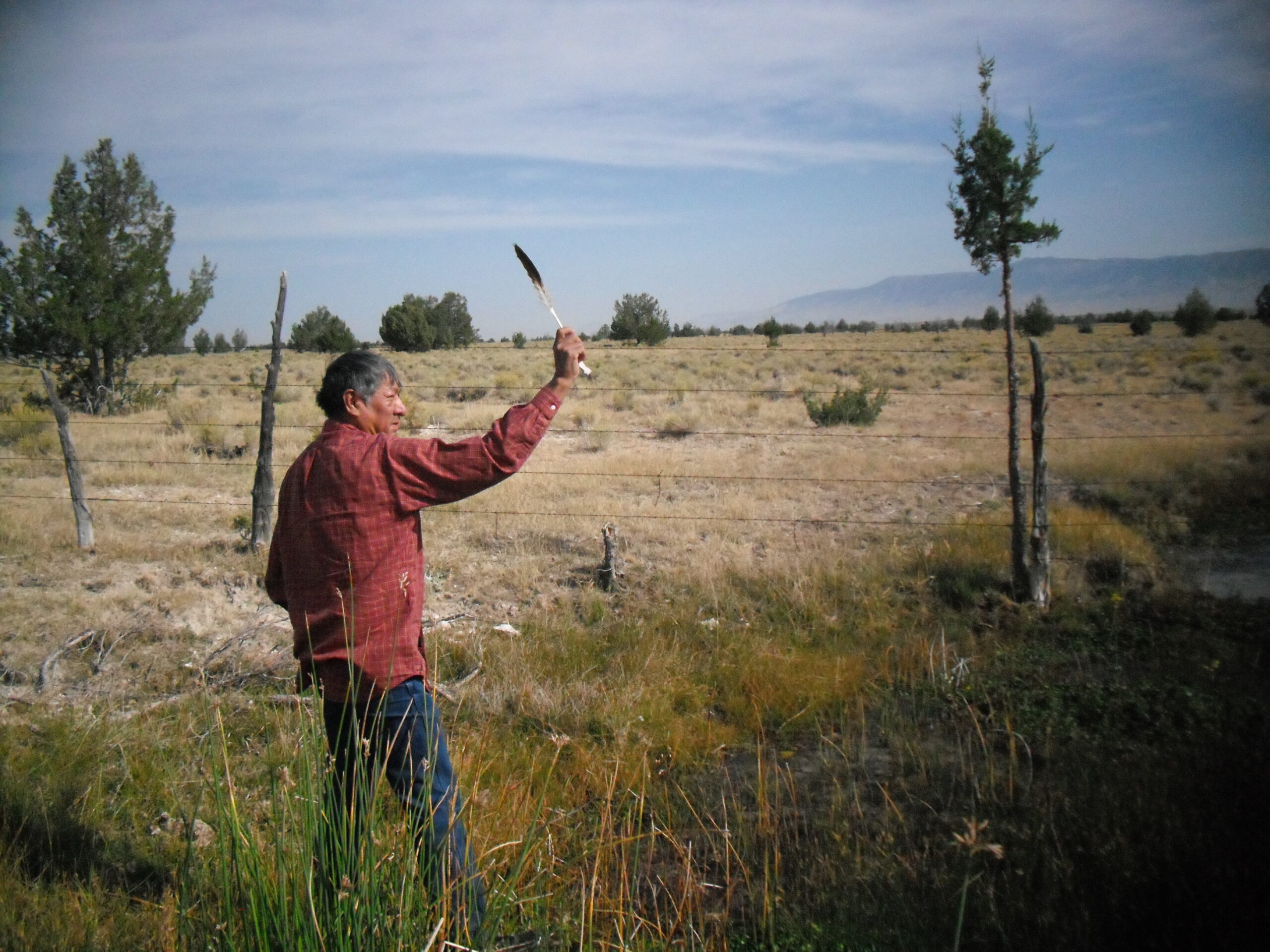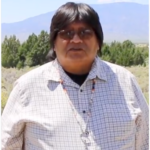OPINION: Designating Bahsahwahbee as a national monument is long overdue

During last month’s White House Tribal Nations Summit, Interior Secretary Deb Haaland concluded her remarks with a crucial but often-overlooked aspect of tribal sovereignty, self-determination and prosperity: storytelling.
Secretary Haaland proclaimed, “There are parts of our history that are painful, but they do not define us. We define ourselves by the world we collectively build for current and future generations. It is up to all of us to tell our stories. And not just the stories of the bad times — but of those that we celebrate. Those that show our resilience, our strength, and our contributions.”
These words resonate deeply with our Confederated Tribes of the Goshute Reservation and other Indigenous Newe (Western Shoshone) people in Nevada who are urging the Biden administration to establish the Bahsahwahbee National Monument within the National Park System. For centuries, the stories of our people centered on celebration, spirituality and gathering. Every year, hundreds to thousands of Indigenous Newe people gathered at Bahsahwahbee (locally known for its swamp cedars), a very sacred ceremonial and pilgrimage site in Spring Valley, next to present-day Great Basin National Park. Here, our culture thrived in ways unlike anywhere else.
But during the 19th century, this valley became killing fields as the Newe suffered 11 massacres. Bahsahwahbee is at the heart of the three largest massacres — one being perhaps the largest known Indian massacre in U.S. history — which all occurred at times of religious gatherings.
For generations, our people have suffered through the aftermath of the wholesale hunting down and mass murders of Newe people at Bahsahwahbee. But we continued going to Bahsahwahbee. We visited our ancestors, mourned our tragic past and shared stories with the younger generation. We did this partly for cultural survival and partly to retain the story of our people — a story of Native resilience.
We have always wanted Bahsahwahbee to be preserved. But over the past decades, we were forced into fighting and litigating against the federal government over a groundwater pumping project that would have completely destroyed Bahsahwahbee. Words cannot express how devastating that was to all of us. Though we succeeded in our fight and have turned the page to move forward, we paid for it financially, emotionally and with the health and well-being of our tribal members.
It has been a difficult road to get where we are today.
Bahsahwahbee’s history as a site of targeted eradication and genocide during Western colonization is a reminder of humanity’s depravity. But the site’s deeper, richer past tells a story where love, unity and enrichment flow like the deep spring waters that bubble to the earth at the site. Elders and spiritual leaders know the site as a place of memory — a cultural landscape that represents what it means to be an Indigenous person in the Great Basin.
Bahsahwahbee lives as a landscape of celebration, spirituality and suffering. While we hold and carry this history close to our hearts, we believe that now is the time to share our story beyond our communities. We want the National Park Service to join our sovereign nations in recognizing the real history of the Newe, helping us reclaim and tell our story for the benefit of all people.
That is why three tribal nations — the Confederated Tribes of the Goshute Reservation, the Duckwater Shoshone Tribe and the Ely Shoshone Tribe — have requested the Biden administration establish the Bahsahwahbee National Monument within the National Park System, commemorating and preserving this place of memory and learning for the benefit of generations to come.
The United States’ storytellers reside at the National Park Service, an agency with decades of experience working with tribal and other communities to tell gut-wrenching and heartfelt histories of this nation’s past and considerations of our collective future. The park service’s management at places such as Little Bighorn Battlefield National Monument, Nez Perce National Historical Park, Pearl Harbor National Memorial and Manzanar National Historic Site all serve as valuable examples of the agency’s ability to commemorate our history and culture.
U.S. Sens. Catherine Cortez Masto and Jacky Rosen have advocated for our monument proposal in Washington, D.C., and getting this done for tribes. That's been a blessing and an inspiration. But time is running out. Many of our elders died during the last few years while working on this monument effort.
Those who are still with us have worked so hard to push this national monument effort forward and they deserve to have this designated as soon as possible.
Amos Murphy is the chairman of the Confederated Tribes of the Goshute Reservation. He has served on the Goshute Business Council in various capacities since 2001. He has served on the tribes' natural resource committee and housing board. He was raised on the Shoshone-Bannock Fort Hall Reservation in Idaho, then moved to the Goshute Reservation as a teen.
